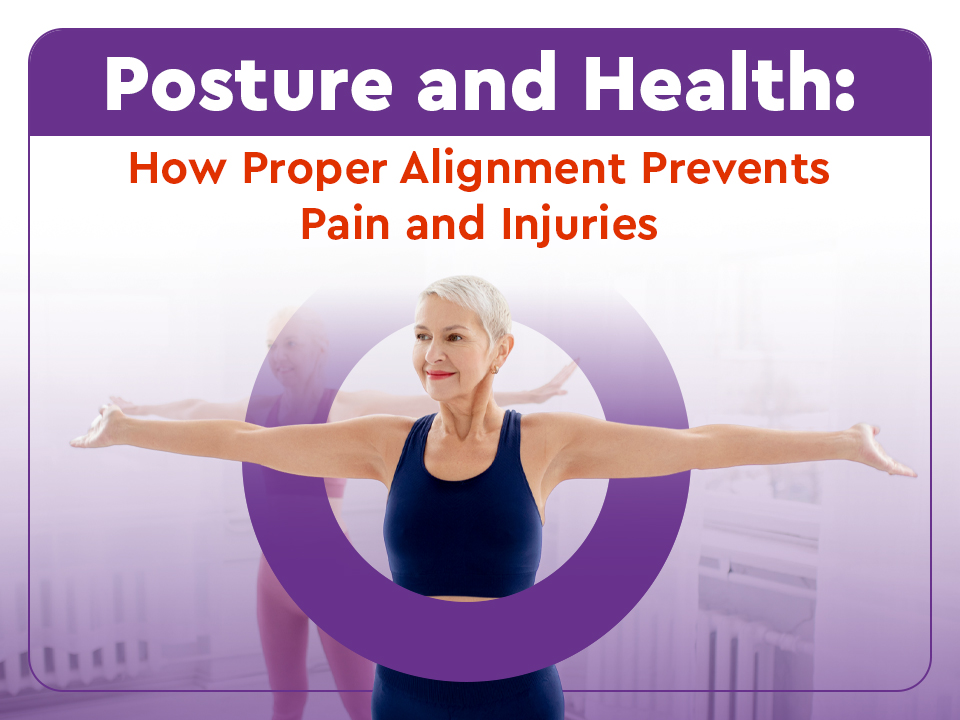Introduction
Maintaining mobility is essential for seniors who want to live independently and continue daily activities without discomfort. As people age, joint pain, muscle weakness, and conditions like arthritis can limit movement and increase the risk of falls. Reduced mobility affects overall well-being, making simple tasks like walking, standing, or getting out of a chair difficult. Braces provide targeted support by stabilizing joints, reducing pain, and improving posture. With the right brace, seniors can move with greater confidence, reduce strain on weakened areas, and prevent further mobility loss.
Braces help seniors manage pain and maintain an active lifestyle by supporting key joints, including the knees, ankles, back, and wrists. Knee braces improve stability for those with arthritis or past injuries, while ankle braces reduce the risk of falls by supporting weak joints. Back braces encourage proper posture and relieve lower back pain, and wrist braces help with grip strength and hand function. Choosing a well-fitted brace ensures comfort and long-term effectiveness, allowing seniors to remain mobile and independent. Understanding the different types of braces and their benefits makes it easier to select the best option for individual needs, promoting better movement and overall quality of life.
Common Mobility Challenges for Seniors
Aging affects mobility in several ways, making daily activities more difficult. Many seniors experience joint pain, muscle weakness, and balance issues, which increase the risk of falls and injuries. Understanding these challenges helps in finding the right support to maintain independence. Common mobility challenges include:
- Arthritis and Joint Stiffness – Inflammation and wear on joints cause pain and limit movement.
- Balance and Stability Issues – Reduced coordination increases the risk of falling.
- Muscle Weakness – Loss of muscle mass leads to difficulty in standing, walking, or climbing stairs.
- Osteoporosis and Bone Fragility – Weak bones make fractures more likely after minor falls.
- Post-Surgery Recovery – Limited mobility after joint replacement or injury requires additional support.
Addressing these issues with the right mobility aids improves movement and reduces discomfort. Braces provide joint stabilization, support weak muscles, and enhance balance, helping seniors move safely. Using a brace tailored to specific needs can prevent further mobility loss and promote an active lifestyle. Identifying the right solution allows seniors to continue their daily routines with greater confidence and independence.
How Braces Help Seniors Stay Mobile and Independent?
Braces provide essential support for seniors facing mobility challenges by stabilizing joints, reducing pain, and improving overall stability. They help prevent further injury and promote recovery after surgery or injury, enabling seniors to stay active and independent. The following are key benefits of using braces:
- Joint Stability and Support – Braces stabilize weak or damaged joints, reducing strain and preventing misalignment, particularly for those with arthritis or previous joint injuries.
- Pain Management – Compression from braces reduces inflammation and improves circulation, alleviating pain and stiffness, especially for seniors with arthritis and degenerative joint diseases.
- Injury Prevention – Braces provide added stability to help prevent falls and injuries, which are common for seniors with balance issues or weakened muscles.
- Rehabilitation Aid – Braces support recovery by preventing excessive movement and ensuring proper alignment during the healing process, reducing the risk of further damage.
- Improved Posture – Back braces promote proper posture and reduce strain on the spine, offering relief for seniors with chronic back pain.
- Enhanced Confidence and Independence – By improving stability and reducing pain, braces help seniors feel more confident and capable of managing daily activities on their own.
- Support for Active Lifestyles – Braces allow seniors to stay active and engage in physical activities safely, minimizing the risk of injury.
- Long-Term Joint Health – Braces protect vulnerable joints, preventing further damage and maintaining mobility over time.
Types of Braces for Senior Mobility Support
There are several types of braces that help seniors maintain mobility and support joints, reducing pain and preventing further injury. Here are the most common types:
1 . Knee Braces
Knee braces stabilize the knee joint, reduce pain from arthritis or injury, and make walking or climbing stairs easier. They also help with swelling and inflammation.
2. Ankle Braces
Ankle braces support weak or injured ankles, improving balance and preventing falls, especially for seniors with ankle instability or past sprains.
3. Back Braces
Back braces relieve lower back pain, promote proper posture, and support spinal alignment. They’re useful for seniors with chronic back issues or post-surgery recovery.
4. Wrist Braces
Wrist braces support weakened wrists, improving grip strength and reducing pain from conditions like carpal tunnel syndrome or arthritis.
5. Elbow Braces
Elbow braces stabilize the joint and reduce pain from conditions like tennis elbow or bursitis, helping with daily activities.
6. Shoulder Braces
Shoulder braces help stabilize the shoulder joint, reduce pain, and support recovery from injuries or surgery.
7. Posture Correctors
Posture correctors maintain spinal alignment and reduce strain on the back and neck, helping seniors with poor posture or back pain.
Read More: Top Benefits of Wrist Braces: Preventing and Managing Carpal Tunnel Syndrome
Choosing the Right Brace for Seniors
Choosing the right brace for seniors involves considering their specific mobility needs, medical conditions, and level of comfort. The proper brace provides essential support, reduces pain, and promotes movement, while an ill-fitting or unsuitable brace can lead to discomfort or further injury. Here are key factors to consider when selecting a brace for seniors:
- Identify the Area of Concern
Determine which joint or area of the body needs support. For knee pain, a knee brace is ideal, while ankle, wrist, or back braces are designed for other specific areas. Understanding the problem area is the first step in selecting the right brace. - Consider the Condition or Injury
Consider the senior’s medical condition, such as arthritis, osteoporosis, or post-surgery recovery. Different braces provide varying levels of support based on the condition. For example, a soft, flexible brace may be suitable for arthritis, while a rigid brace is better for post-injury recovery. - Fit and Comfort
A well-fitting brace is crucial for comfort and effectiveness. Ensure the brace provides snug support without being too tight, as this can restrict blood flow. Adjustable straps or sizes can help achieve the right fit. - Level of Support Needed
Different braces offer varying degrees of support—some are lightweight for mild conditions, while others are more rigid for severe instability or injury. Evaluate how much support is required based on mobility level and specific needs. - Ease of Use
Choose a brace that is easy to put on and take off, particularly for seniors with limited strength or dexterity. Braces with simple fastening mechanisms are more practical for daily use. - Consult a Healthcare Provider
It is always recommended to consult with a healthcare provider before purchasing a brace. They can provide guidance on the most suitable brace for the senior’s condition and recommend any necessary adjustments or alternatives.
By considering these factors, seniors can select the right brace that offers the right level of support, comfort, and functionality, improving mobility and maintaining independence.
Additional Tips for Maintaining Senior Mobility
Along with using braces, seniors can maintain mobility with regular exercise, proper nutrition, and lifestyle adjustments. Engage in low-impact activities like walking or swimming to strengthen muscles and improve balance. Stretching exercises enhance flexibility and reduce stiffness while strengthening the core and leg muscles provides stability. Maintaining a healthy diet rich in calcium and vitamin D supports bone health and muscle function. Staying hydrated and managing weight also reduces strain on joints. Regular check-ups with healthcare providers ensure timely adjustments to mobility aids and treatment plans, helping seniors stay active and independent for longer.
Conclusion
Maintaining mobility and independence as a senior is crucial for overall well-being, and using the right braces can significantly enhance movement, reduce pain, and prevent further injury. By selecting the appropriate brace based on individual needs, seniors can improve joint stability, support recovery, and prevent falls. In addition to braces, regular exercise, a healthy diet, and proper medical care are vital for maintaining an active lifestyle.
At Cure Medical Supply, we are committed to providing the best mobility solutions tailored to senior needs, ensuring they can continue to live confidently and independently. Reach out to us today to find the right support for your journey to better mobility.


